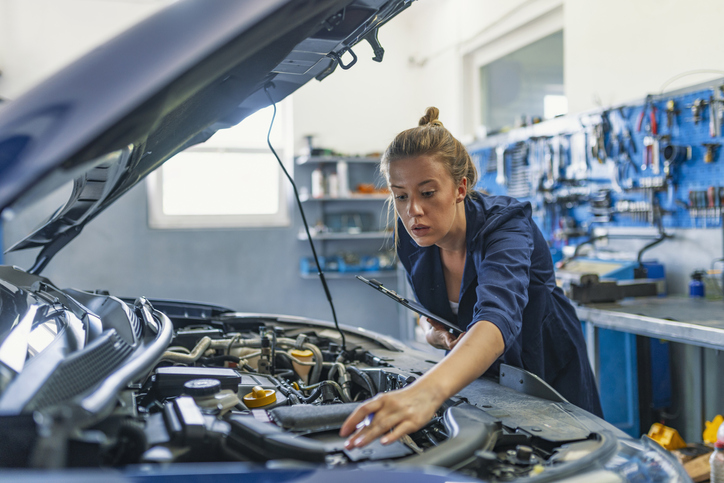Common Cooling System Issues You’ll Encounter After Auto Mechanic Training
A vehicle’s cooling system is crucial to its operation. Vehicles produce a lot of heat. In fact, traditional vehicles operate through the combustion of gas. The cooling system is meant to ensure that vehicles don’t overheat. It consists of the thermostat, radiator, radiator fan, radiator hoses, pressure cap, and water pump. Coolant, as its name suggests, is the fluid that cools down a vehicle. It is circulated through the car by the water pump and travels through the radiator, where it is cooled by air that enters through the grille. Signs of cooling issues include the temperature gauge warning light being on, a quick decrease in coolant levels, and problems with the engine starting. Learn about three of the most common coolant system issues you’ll encounter on the job.
Low Coolant Is One of the Most Common Issues You’ll Find After Auto Mechanic Training
As briefly discussed, coolant is a crucial component of an effective cooling system. That being said, drivers often forget to keep up with coolant levels in their vehicles (and other fluids, for that matter), causing an insufficient supply of it throughout a vehicle and, in effect, allowing it to overheat.
Engine detonation can occur when overheating is left unchecked. This means that fuel is combusting erratically and putting additional strain on the vehicle. After auto mechanic training, it’s best practice to keep a watchful eye on fluids as part of each repair or maintenance service. Encourage customers to monitor coolant levels as well.

Water Pump Failures Can Cause Cooling Issues
Without a functioning water pump, coolant is not properly circulated throughout the vehicle. Oftentimes, rust builds up in a water pump, causing corrosion on the surface of the pump. Drivers may also notice a whining noise when they accelerate, and they may notice coolant leaks as well.
The most common causes of water pump failure are the improper use of gaskets or sealant, insufficient coolant, the use of the wrong sort of coolant, a misaligned belt drive system, or simply age and wear. Water pump issues can be avoided with the appropriate use of sealant (it should be used sparingly), and flushing the cooling system regularly to completely replace old coolant.
You’ll Come Across Thermostat Malfunction Often
A vehicle’s thermostat regulates the temperature of the engine and controls the flow of coolant through the radiator. It’s typically quite simple to tell when something is wrong with the thermostat.

Signs include a high-temperature gauge reading, coolant leaks around the thermostat, and erratic changes in the temperature gauge reading. After automotive school, you will be familiar with each component of a vehicle’s cooling system. You’ll be able to diagnose issues and repair them for your customers. You’ll learn about other mechanical systems like braking, lubrication, and emissions.
Ready to become a mechanic?
Contact ATC Cambridge for more information!


